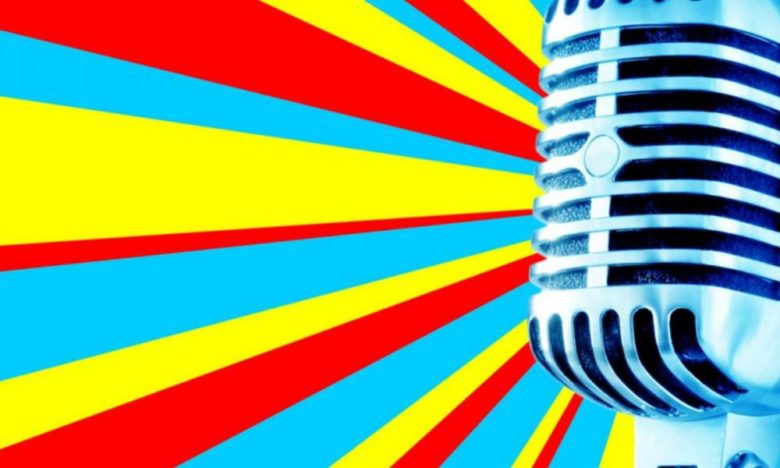Intersectionality: How’s it all Connected?
What is Intersectionality?
Intersectionality is a concept coined by law professor Kimberlé Crenshaw in 1989. It is commonly used in critical theory to illustrate how different forms of discriminationatory and oppressive institutions (such as racism, sexism, homophobia, transphobia, classism, ageism, ableism, xenophobia, etc..) are interconnected and and cannot be analyzed and examined in vacuum of each other. It is a methodology of critical thought that examines “the relationships among multiple dimensions and modalities of social relationships and subject formations” (McCall 2005).
Further Reading:
Mapping the Margins, Kimberlé Crenshaw
Intersectionality: A Tool for Gender and Economic Justice
Gender and Humanitarian Issues
On ‘gay conditionality’, imperial power and queer liberation: Rahul Rao





